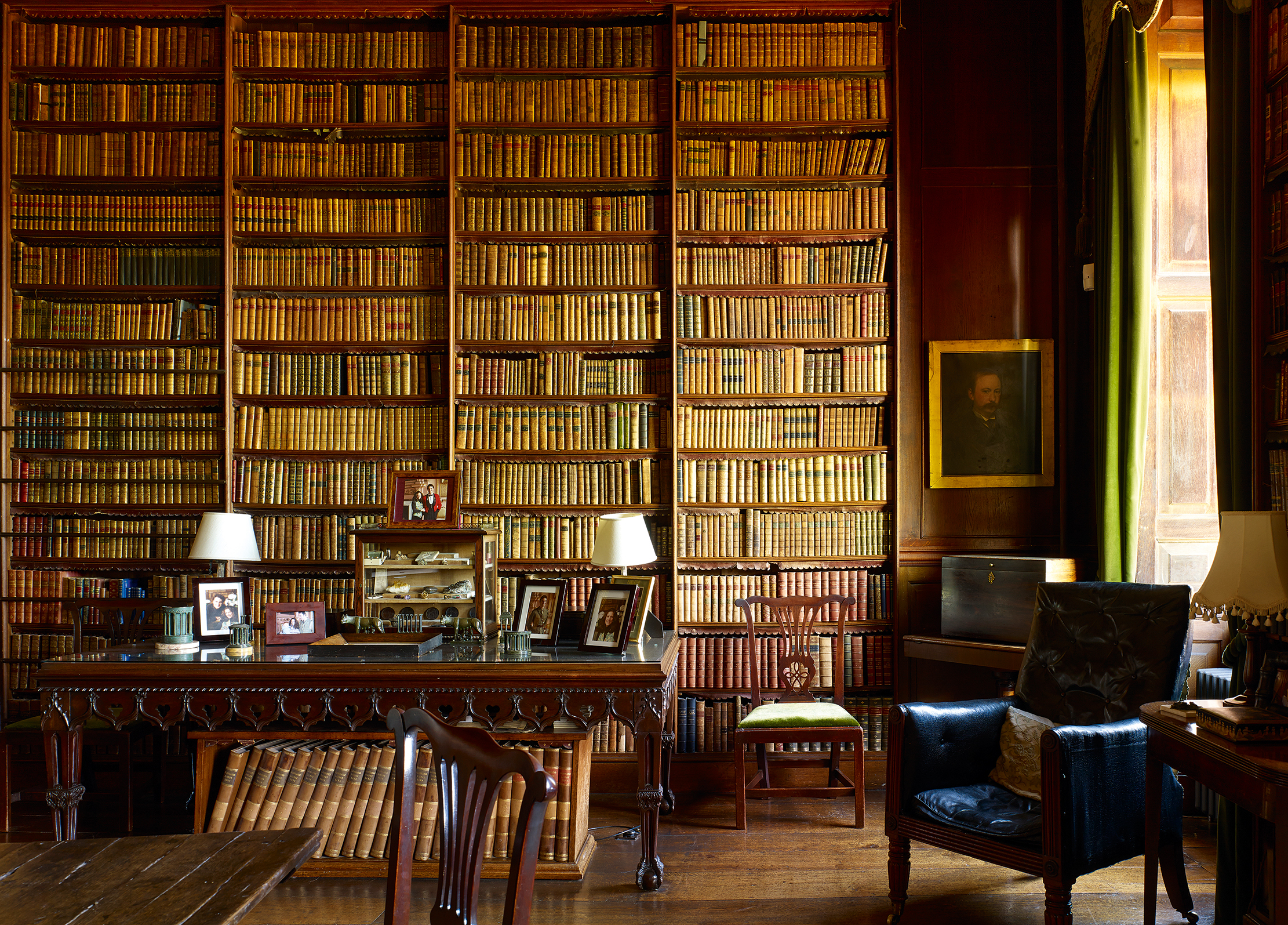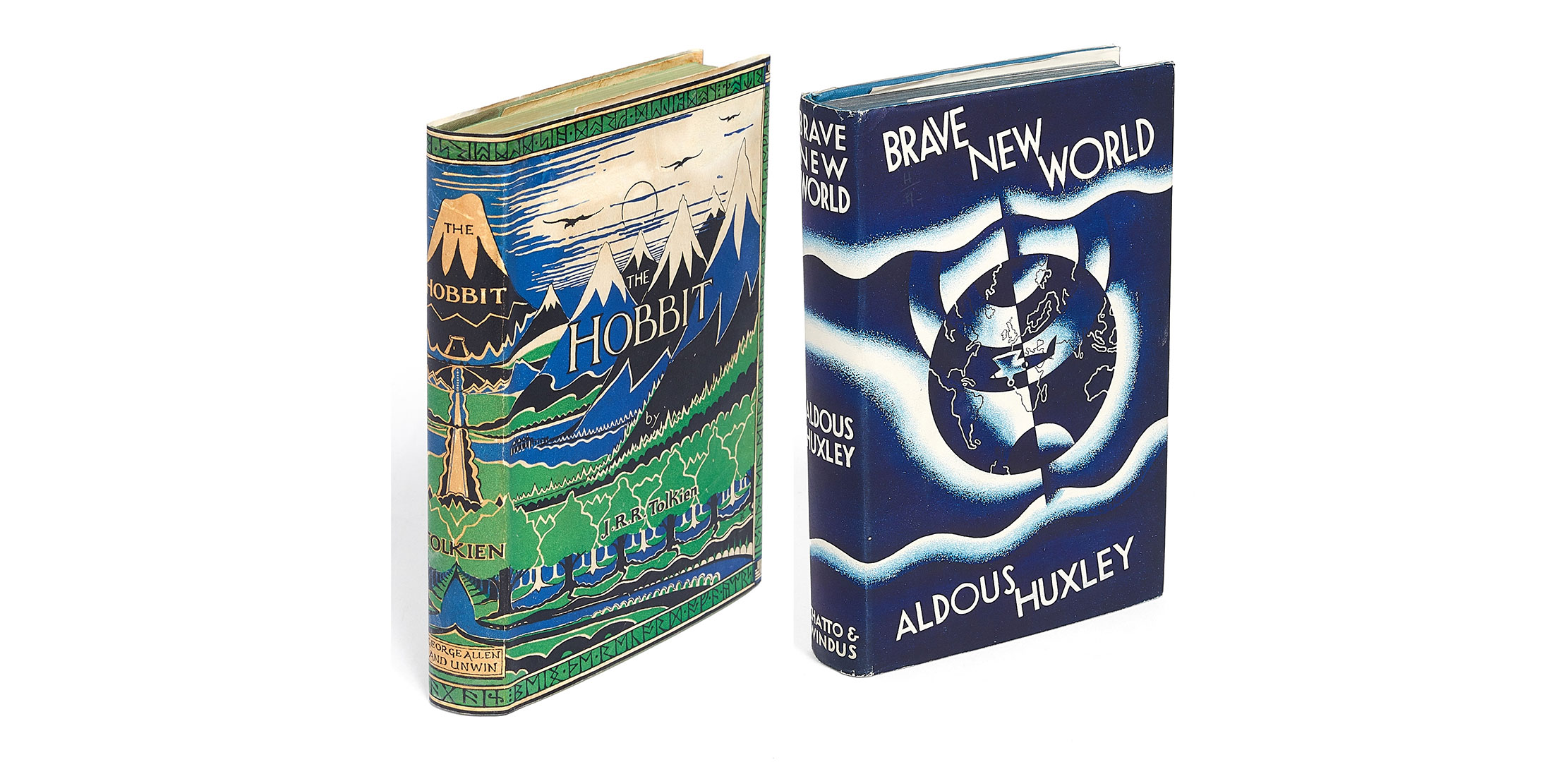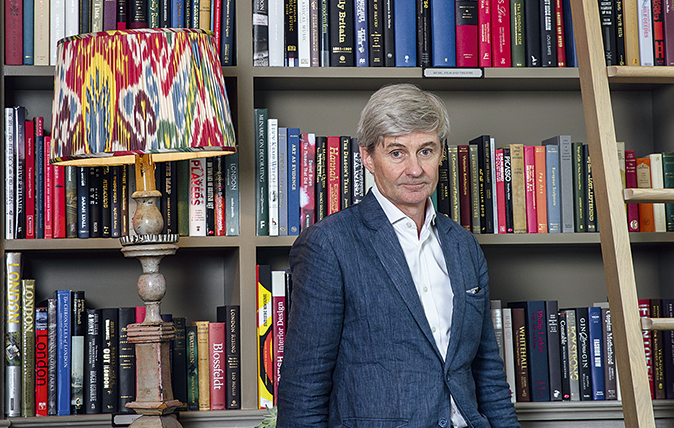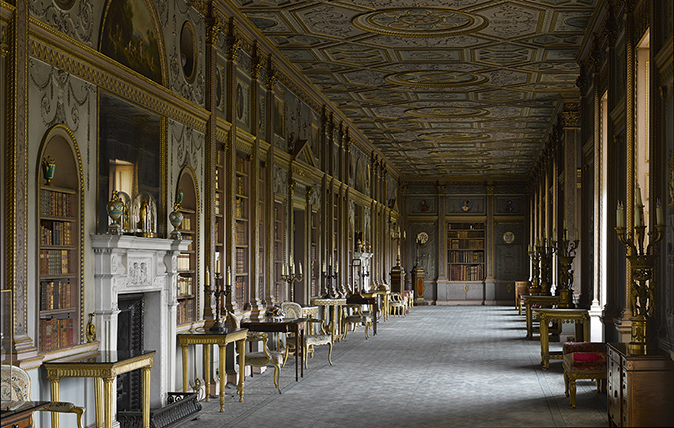How a collection of first editions can make your personal library just that little bit more special
Few things are more alluring than a spectacularly beautiful library within a fine country house. But should you be fortunate enough to own such a room, the problem of what to keep within can be tricky — though rare first editions are always a good bet.

In his book The Black Swan, writer and mathematician Nassim Nicholas Taleb talks about the importance of having a personal library containing not the books that you have read, but the ones which you are yet to read. In other words, getting away from the concept of it as a record of past reading — like a collection of Cub Scout badges showing what you’ve ticked off — and instead see it as a sort of literary to-do list. The theory is that once you’ve read a book you have assimilated its wisdom, and can then move on.
That thinking, while logical, is somewhat reductive since it devalues the magic that books have over us. The books that really mean something special when you first read them always bring a little glow — a Marie Kondo-esque spark of joy, if you like — every time you happen to glance at them on the shelf. Whether it’s Origin of Species, Harry Potter or indeed Miss Kondo’s The The Life-Changing Magic of Tidying, merely to see or touch a book that has had an impact on your life has real power.
This view, essentially the opposite of Taleb’s, is best seen in the urge to collect rare first editions of famous works. You can read On The Origin of Species for free on the internet, but to own a first edition will cost you £200,000 or so, with that price in proportion to the rarity. Just 1,250 copies were printed of the original 1859 edition, and far fewer still remain.

JRR Tolkien’s The Hobbit had a similarly-sized initial print run of 1,500, but its relative youth — it was printed almost 80 years later, in 1937 — means that a ‘fine and remarkably clean true first edition’ sold at Bloomsbury Auctions in March for £35,500, the second-highest price ever paid for an unsigned copy of this particular tome.
The Hobbit was Tolkien’s first published novel and an unexpected hit, but his contemporary Aldous Huxley was already a well-established writer by the time he published Brave New World in 1932. That being the case it had a far larger initial print run, but the rarity is there in signed first editions which, in top condition, have similarly enormous value. In that same March auction at Bloomsbury an inscribed copy sold for £19,500, more than three times the estimate of £6,000.
It’s hard to imagine a book collector who hasn’t read both of these classics, yet there’s no doubt either would be more than worth a place in the library of any great house. And for those who haven't yet made the time to read them? Just use Mr Taleb's argument in the event that someone challenges you upon their inclusion upon your shelves.

Credit: Daniel Gould
Exquisite houses, the beauty of Nature, and how to get the most from your life, straight to your inbox.
How to create your own library – book expert Philip Blackwell shares his tips
Book expert Philip Blackwell, founder of Ultimate Library, offers advice on creating a library from scratch.

The Country House Library: Why these rooms and their collections need to be taken much more seriously
A new account of the country-house library will compel us all to reassess these rooms and their collections, says John
Toby Keel is Country Life's Digital Director, and has been running the website and social media channels since 2016. A former sports journalist, he writes about property, cars, lifestyle, travel, nature.

